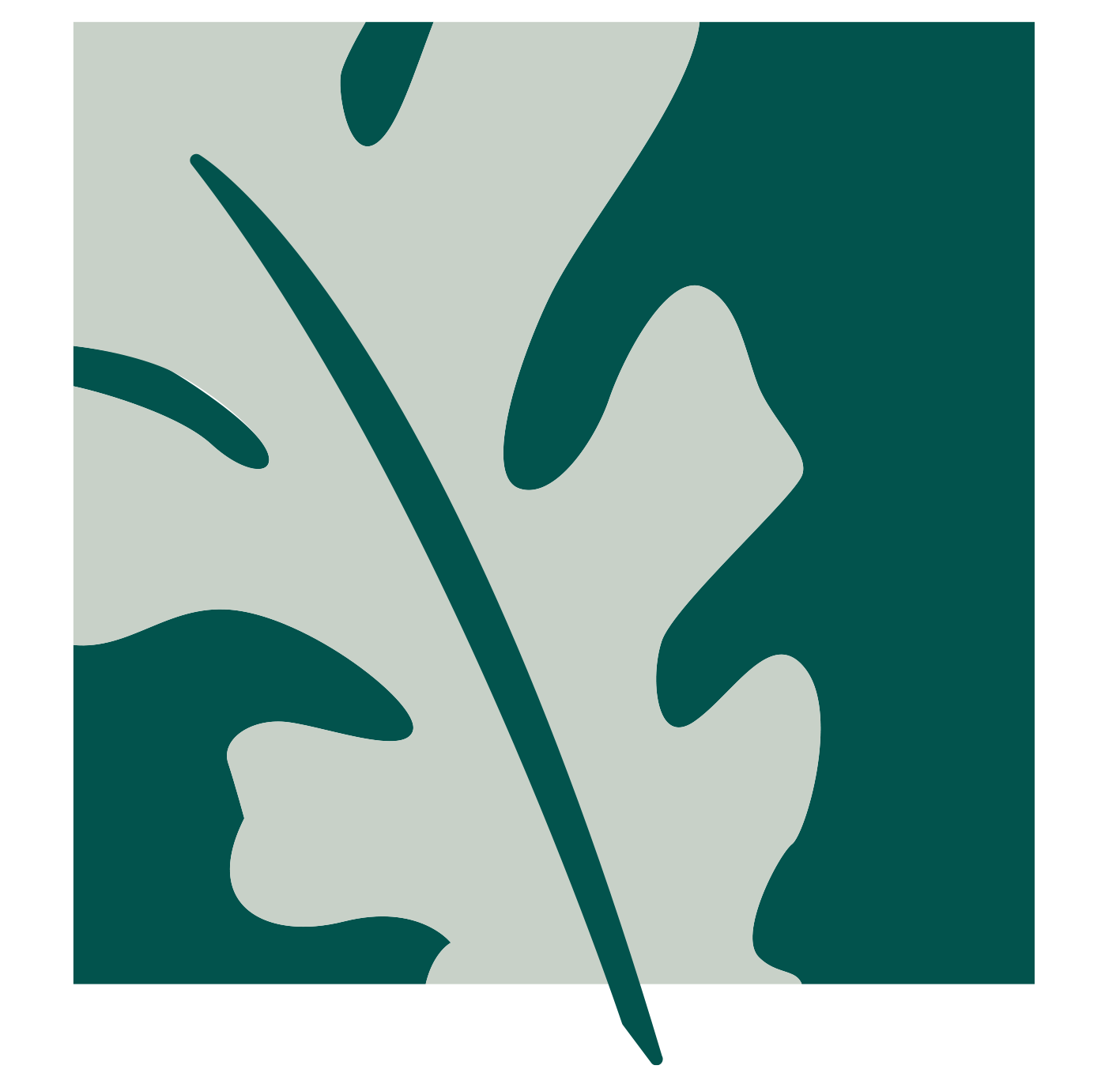
Restoration transforms old north channel of Putah Creek
Less than half a mile from the recently revitalized west end of the Arboretum Waterway, the dry north channel of Putah Creek is experiencing its own metamorphosis. Here, Arboretum and Public Garden Senior Environmental Steward Miles DaPrato and Learning by Leading™ Ecological Land Management interns are engaged in a years-long habitat restoration effort.
For decades, sections of the old north channel located just west of Highway 113, along Garrod Drive and Brooks Road, where Putah Creek once flowed—has been grazed by cattle for convenience and fire control. The landscape reflected this use, with an understory dominated by non-native annual grasses and broadleaf weeds, scattered invasive woody tree species like tree of heaven (Ailanthus altissima), and only the oldest, toughest native trees and shrubs able to withstand the degraded conditions.
“As part of a protected space in the Putah Creek Riparian Reserve, the land had potential to be rich in terms of biodiversity and native plant populations that have more value to local wildlife,” DaPrato said.
In 2021, DaPrato and his Learning by Leading™ Ecological Land Management team started the process of realizing this potential. The work included pausing the continuous grazing regimen, clearing invasive plants, and introducing a diverse palette of native species. In the 2022-2023 and 2024-2025 academic years, the restoration advanced steadily up the dry creek bed of the old Putah Creek channel. Each year, the team tackled a new section of the north channel bringing more than 15 acres back to life so far.
“If you build it they will come”
The aim of the old north channel restoration effort has been to transform the area into a thriving oak woodland. An oak woodland is made up of an understory of native grasses and wildflowers and a woody canopy of various trees and shrubs, including valley oak, interior live oak, elderberry, and coyote brush. As a multi-level, biodiverse, native habitat, the oak woodland supports a wide array of California wildlife, ranging from Swainson’s hawks, yellow-billed magpies, and California quail to foxes, coyotes and bobcats.
“It’s what the landscape wants to be,” DaPrato said.
While the canopy takes time to grow in, the impact of the restoration efforts can already be seen. In just a few years, native plant diversity has jumped from 10 species to more than 50, many of them historically found in this region. Insects are already buzzing around the newly planted elderflowers while hawks and falcons are perched high in old cottonwoods and dead tree snags, hunting mice and lizards in the understory.
“It’s cliché, but it’s true, if you build it they will come,” DaPrato said. As the landscape matures, DaPrato expects to see an even wider range of wildlife in the area.
The restoration’s promotion of plant and animal biodiversity, especially native species, directly supports the long-term stewardship vision outlined in the UC Davis Living Landscape Adaptation Plan, or LLAP. Developed by Campus Planning and the Arboretum and Public Garden, the LLAP charts a 70-year path toward climate-resilient campus landscapes. The emerging oak woodland advances this vision by creating habitats that can adapt to a changing climate while also advancing the plan’s water stewardship goals. The rich native understory of the oak woodland filters rainwater, slows runoff, and allows more water to soak into the soil, replenishing the university’s aquifers.
A tale of two channels

The restoration of the old north channel mirrors the ongoing Arboretum Waterway Flood Protection and Habitat Enhancement Project happening just across the freeway. Since 2018, the Arboretum Waterway has undergone major improvements, including the addition of water pumps, weirs, and the installation of native understory plants, shrubs, and trees. The Arboretum and Public Garden team also manages the live portion of the Putah Creek channel within the Putah Creek Riparian Reserve — a thriving riparian habitat. With the restored old channel, these spaces represent a growing network of riparian, wetland, and oak woodland habitats that better support native wildlife and improve campus water stewardship. Together, the Arboretum Waterway and the Putah Creek Riparian Reserve also create a critical corridor for wildlife movement and natural resource protection — needs that are only becoming more urgent in the face of a changing climate.
Looking ahead
In the 2025-2026 academic year, DaPrato will lead his student team in revitalizing even more of the old north channel. In the course of their work, student field technicians will learn the ins and outs of habitat restoration and natural resource conservation.
“It’s like I’m training them to do my job as a land manager and restoration professional,” DaPrato said.
Ecological Land Management interns gain a large toolset from their hands-on experience, including plant identification, integrated pest management, and the use of tools like weed whackers, backpack sprayers and chainsaws.
“It’s more than bringing an acre back to life, it’s about engaging the hearts and minds of students and empowering them to go on and positively impact other landscapes in their future careers,” DaPrato said.
